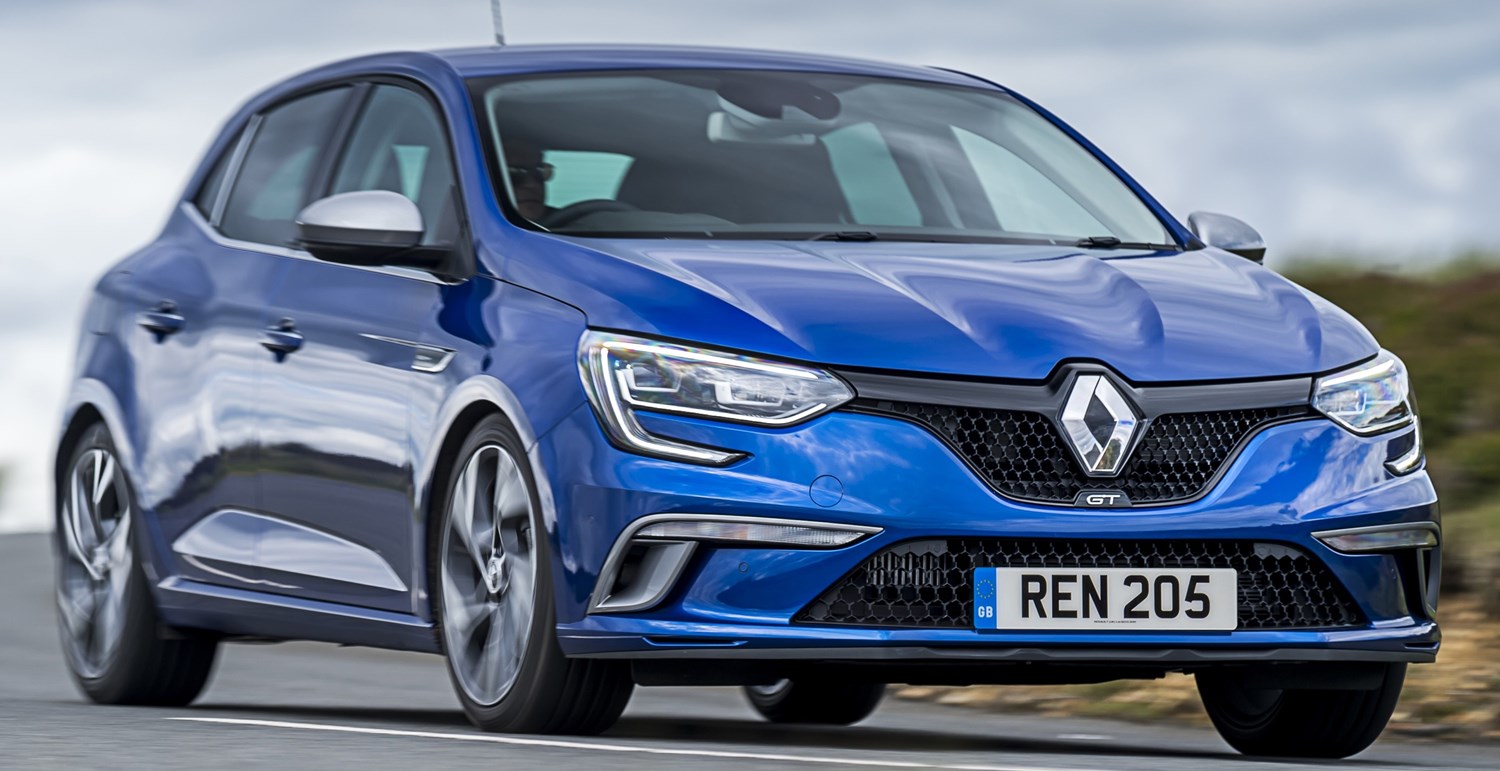Latest Model
With the latest version of the Megane comes a stand-out style, an improved air of quality and a more refined overall experience, which are all the components needed to challenge in the crowded and incredibly competitive hatchback sector.
Coming with six trim levels, only the base Expression+ level comes without sat-nav, with all models coming with cruise control, daytime-running lights, alloy wheels and Bluetooth connectivity, meaning it’s well equipped and offers similar levels of kit to its market.
With a starting price of £17,250, the Megane’s starting price is on the higher end of the family hatchback market and with the VW Golf entering the fray at a similar point, the Megane may not be able to live up to the very high standard the German model sets. But it is much more attractive than most of the market, and with overall quality improved, it could be a viable option for many.
Value for money
The Expression+ models come with good standard features, such as cruise control, front fog lights and 16-inch alloy wheels, and with a standard black cloth interior and manual air conditioning, it’s safe to say you won’t be uncomfortable in one. Also with DAB radio and Bluetooth connectivity, entertainment won’t be a major problem either, although as mentioned before, the starting price is a bit steep considering it is £1,000 more than a similarly trimmed Ford Focus.
The used market, however, can throw up some pleasant surprises and some top-spec models from the previous generation are available for a similar price. For example, a 2014 Megane RenaultSport with a 2.0-litre 265bhp engine and racing chassis is available for £16,995. Fitted with the top features for the time, such as full infotainment system, leather Recaro sports seats, sporty design features and plenty of other features besides.
With 21,587 miles on the clock, it has had a below average usage, although – as with any Renault – make sure to check out the full service history if the sportier yet older models are more your taste.
Looks and image
What Renault has managed to do recently with their range is update the designs superbly, and they have done a stellar job with the Megane here. Distinctive, modern and altogether very pleasing to the eye.
The overall quality is great too, and despite Renault having a reputation of struggling with reliability and refinement, they have done a much better job in the latest generation. The cabin is a nice place to be, and with the higher spec models, the touchscreen display is a great centre piece that tops of the simple yet effective design.
Ride comfort has clearly been the focus of Renault’s engineers for this model, as the ride is aimed more towards refinement and overall enjoyment rather than outright performance.
With that focus on a softer ride, it doesn’t quite handle as well as some of its rivals, but for those looking for a more involved and connected drive wouldn’t necessarily choose the Megane anyway. Noise at higher speeds is minimal, and unless the bumps are particularly sharp, the overall ride and feel at all speeds is collected and poised.
Despite being larger than before, rear passenger comfort may be compromised as the front seats are deeper than normal and can encroach on legroom for taller people in the back. Front comfort is excellent though and for the driver and fellow front passenger the space is on the same level as its rivals, if not better.





